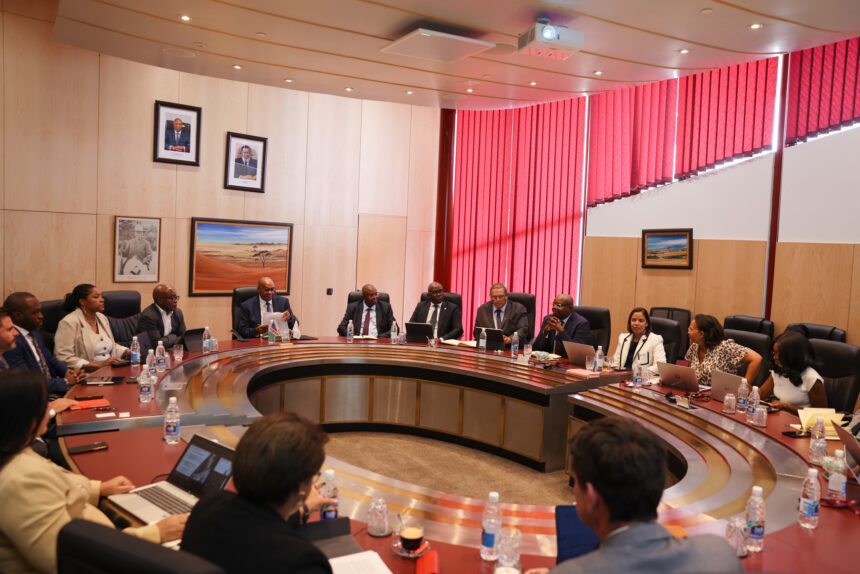The Bank of Namibia (BoN) yesterday kept the repo rate unchanged at 6.75%. The decision was made earlier this week by the central bank’s Monetary Policy Committee (MPC) following a comprehensive review of current and projected domestic, regional and global economic developments.
In addition, the repo rate decision was made to continue safeguarding the peg between the Namibian Dollar and the South African Rand, while supporting the domestic economy. The repo rate is the percentage at which commercial banks borrow from the central bank.
This, in turn, determines interest rates for businesses and individuals.
“While the MPC has decided to maintain the repo rate at its current level, it has been discussed and observed that within the countries of the Common Monetary Area (CMA), the longstanding practice has been that the prime rate does not exceed 3.50 percentage points above the repo rate, only with the exception of Namibia that has maintained margins of 3.75 percentage points.
“In this regard, the MPC is urging the commercial banks to heed the call of the Bank to start aligning their margins above the repo rate to the levels of other CMA countries. This move will address this anomaly and in time provide relief to consumers. Given the adjustment that is required on their operating models, the commercial banks will be given a specified time frame to align accordingly,” Bank of Namibia governor Johannes !Gawaxab stated.
Considering the appropriate monetary policy stance, the MPC was wary of the prevailing uncertainty from fundamental global economic and trade policy shifts.
Furthermore, the escalating Middle East conflict and its potential ramifications for global inflation and growth could not be overlooked.
“It was evident that these evolving developments were gradually working to suppress the monetary policy space that would have otherwise been directed to support economic activity. This stance is also a step towards reducing the interest rate differential between Namibia and South Africa, in the interest of orderly capital flows,” he said.
Meanwhile, at yesterday’s repo rate announcement, !Gawaxab noted that domestic economic activity expanded year-to-date, although at a slower pace relative to the same period a year ago.
“Domestic inflation is well-contained. Annual growth in Private Sector Credit Extension continued with an uptick trend but remains subdued. The merchandise trade deficit improved somewhat but remained high, while the stock of international reserves continued to be sufficient to maintain the currency peg and meet the country’s international financial obligations,” he added.
The central bank pointed out that domestic economic activity expanded during the first four months of 2025, albeit at a slower pace compared to the corresponding period in 2024. This expansion was primarily sustained by the mining, tourism, wholesale and retail trade, transport and communication sectors.
Meanwhile, the construction and agriculture sectors as well as the diamond mining subsector remained weak.


